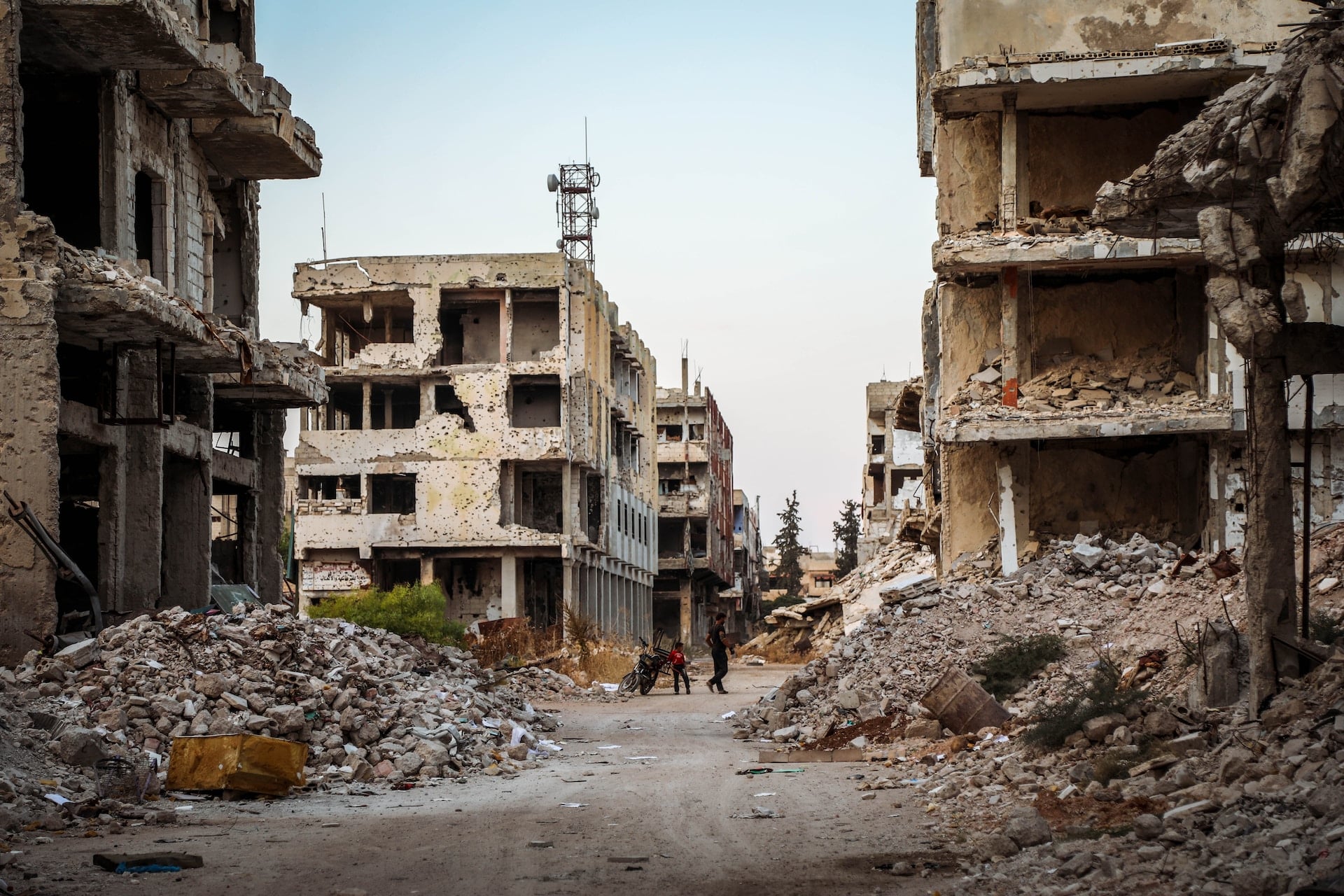The recent drone strike on Tower 22, a U.S. facility nestled along the Jordanian-Syrian border, has once again brought to light the intricate web of geopolitical tensions that define the Middle East. The strike, which resulted in the deaths of three American personnel, underscores the volatile landscape within which various actors vie for power, influence, and control.
At the heart of the matter lies the ongoing struggle between the United States and Iran-aligned militias operating in the region. The targeted killings of two commanders belonging to an Iran-aligned militia highlight the retaliatory nature of the conflict, with each side seeking to assert its dominance while navigating a complex network of alliances and rivalries.
Tower 22, previously shrouded in secrecy, serves as a crucial outpost for U.S. operations in Syria. Its strategic location facilitates the resupplying of nearby U.S. Special Forces garrisons, including the contentious Tanf base. Tanf, situated near the Iraq-Syria border, has become a focal point in the broader struggle to counter Iranian influence and prevent the establishment of a land bridge to the Mediterranean.
The U.S. presence in Syria, particularly at Tanf, has raised eyebrows and drawn criticism from various quarters. While Jordan, a key U.S. ally, has allowed American forces to operate within its borders, the presence of foreign troops remains a sensitive issue, particularly given the sentiments of its Palestinian-majority population. Despite Jordan’s initial denial of Tower 22’s existence, the reality of American military installations within its territory underscores the delicate balancing act it must maintain between its alliances and domestic considerations.
The incident at Tower 22 has also reignited debates surrounding the efficacy and objectives of U.S. intervention in Syria. While proponents argue that the U.S. presence serves to combat terrorism and safeguard regional stability, critics contend that it exacerbates tensions, fuels violence, and perpetuates instability. The complex interplay of interests, from countering ISIS to confronting Iranian influence, underscores the multifaceted nature of the conflict and the challenges inherent in finding lasting solutions.
Moreover, the situation in Syria is further complicated by the involvement of other regional and international actors. Russia, a key supporter of the Syrian government, has its own strategic interests in the region and has often clashed with the United States over competing visions for Syria’s future. The Israeli factor adds another layer of complexity, with Tel Aviv conducting airstrikes against Iranian targets in Syria while navigating a delicate dance of deterrence and de-escalation.
Jordan’s role in the broader dynamics of the Middle East cannot be overstated. As a key player in regional affairs, Jordan finds itself balancing between its alliances with the West and the sensitivities of its population. The presence of U.S. forces within its borders reflects the complexities of Jordan’s strategic calculus, where national security imperatives intersect with domestic politics and regional dynamics. While Jordan has been a steadfast ally of the United States, its delicate position necessitates careful navigation of competing interests and priorities.
In conclusion, the incident at Tower 22 serves as a stark reminder of the volatile nature of the Middle East and the intricate web of alliances, rivalries, and interests that define the region. As the United States grapples with its role in Syria and the broader Middle East, the need for nuanced diplomacy, strategic foresight, and a comprehensive understanding of the region’s complexities has never been greater. Only through dialogue, cooperation, and a commitment to addressing the root causes of conflict can lasting peace and stability be achieved in this tumultuous corner of the world.
Image Credit: Mahmoud Suleiman/ Unsplash



















